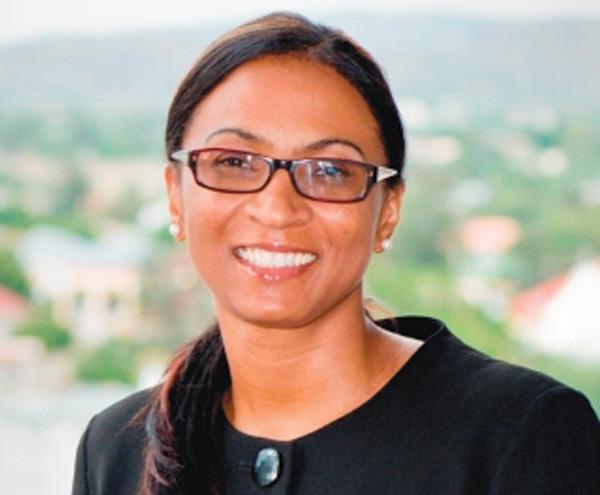
More DBN clients default
The Development Bank of Namibia says it has seen an increase in the number of defaulting clients in the third quarter of this year.
Head of Lending Martin Inkumbi said DBN’s impairment ratio had risen to 5.4% against a target of 5%, up from 4.3% at the beginning of the year. Inkumbi attributed the rise to the increasing loan book and a high number of defaulting SME clients.
As of 30 September, the DBN total loan book and equity investments stood at N$1.501 billion after the bank approved loans to the value of N$242.9 million.
Inkumbi told The Economist that bad debts are expected to peak at around 6% before stabilising in 2013.
“We have taken a critical assessment of our loan book, and expect bad debts to rise slightly in the near future. Thereafter it should stabilise, with a possibility of reduction in the coming financial year, 2013,” he said.
In an effort to contain the rising impairments, the bank said it plans to introduce more stringent loan monitoring and collection methods.
“The immediate plan is to implement more stringent loan monitoring and collection methods. Early notifications will be forwarded to clients within seven days from the date the instalment is due, but remains unpaid.
“The majority of clients that are in arrears are SME contractors. Improving their repayment rate will reduce the bad debt ratio significantly. The focus will therefore be on stepping up the collection of repayments directly from employers (those companies and agencies that award tenders) of SME contractors.”
Of the N$242.9 million approved between July and September, 77.7% was allocated to corporate projects and 22.6% to SME projects with the bulk of the approvals going to the business services sector.
In line with the bank’s new drive of stimulating entrepreneurial development in regions previously deemed as non-responsive to DBN’s funding activities, the Erongo Region has for the second quarter in a row received the lion’s share of approvals totalling N$148.5 million followed by the Oshana Region with N$20.3 million and the Caprivi region with N$16 million.









































